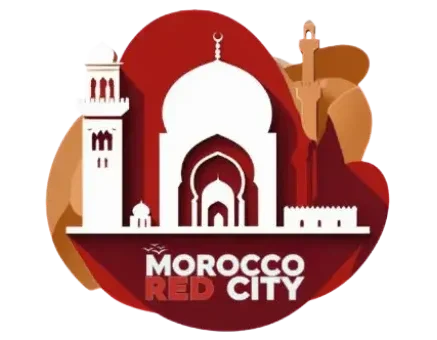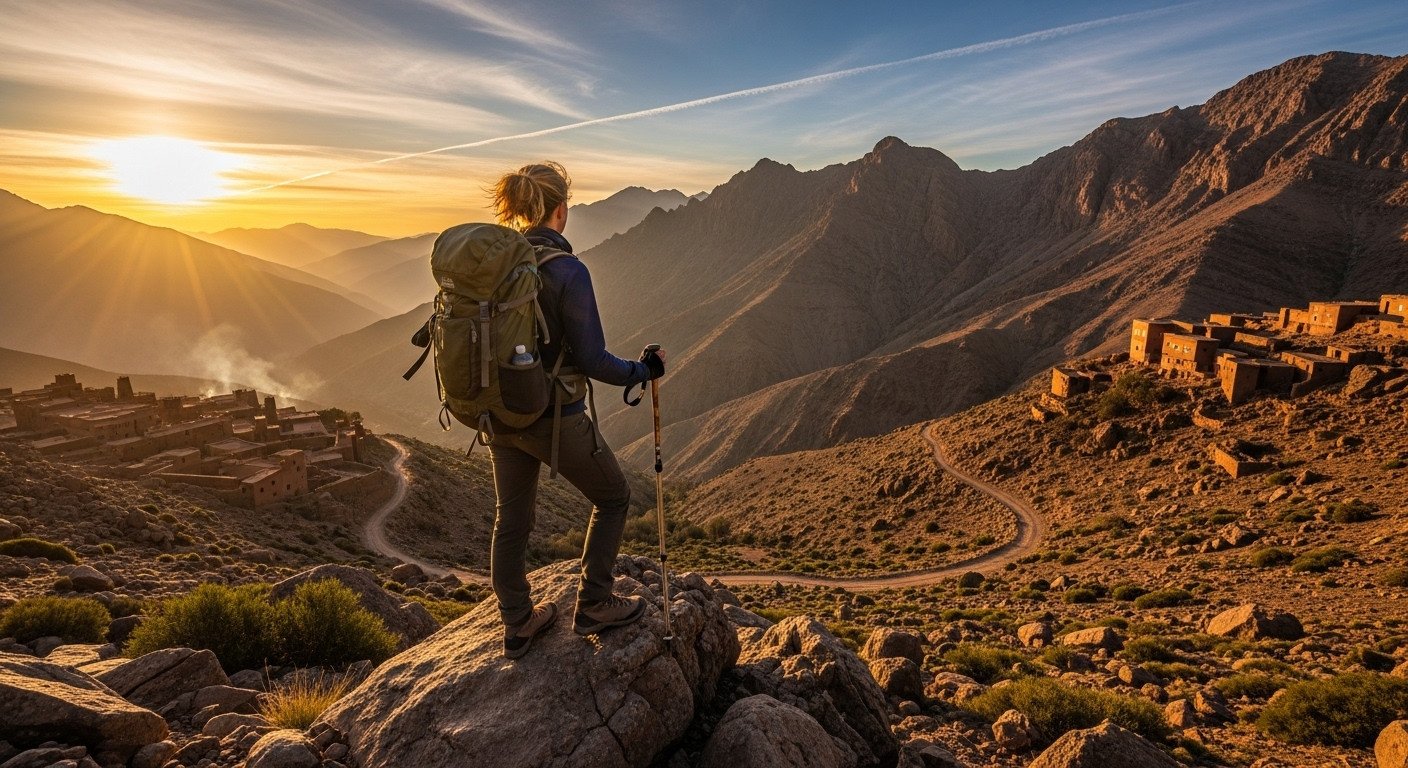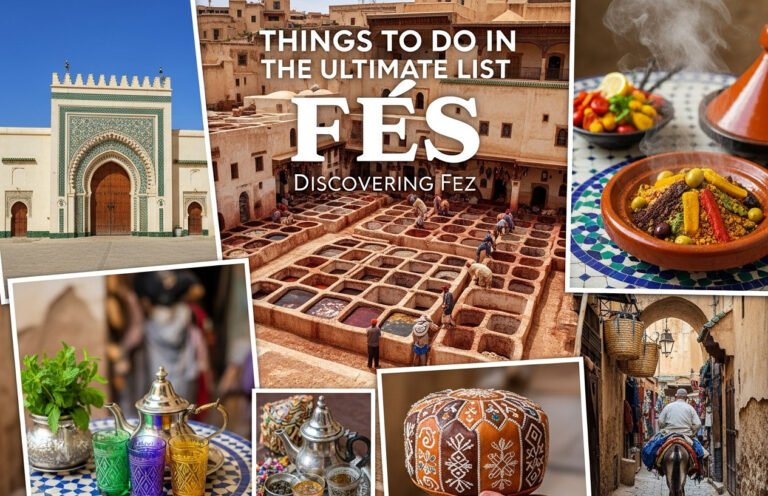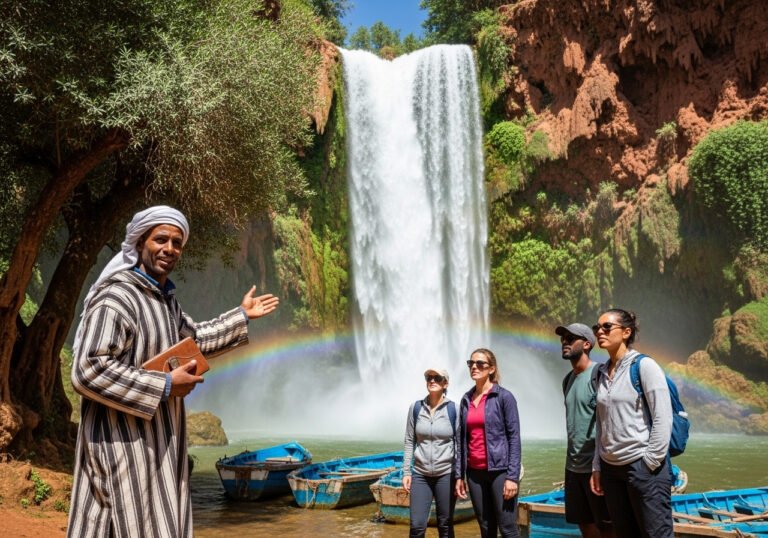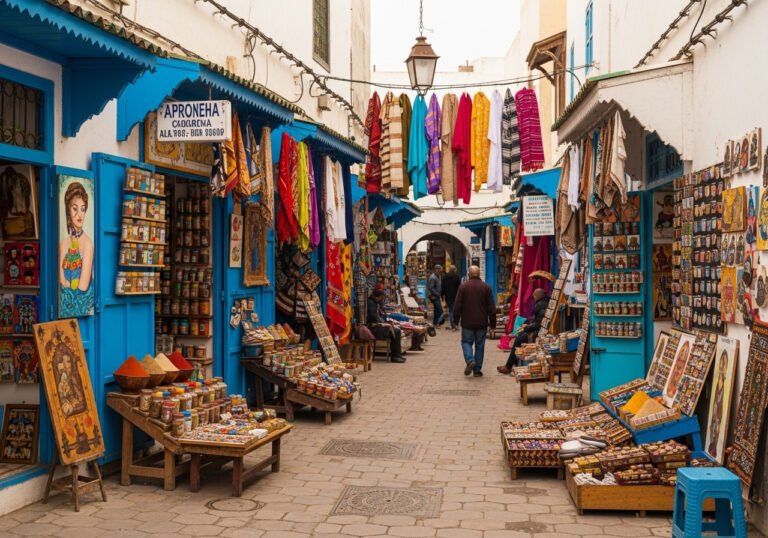Exploring the Atlas Mountains: 9 Amazing Tips You Must Know
If you’ve ever dreamed about Morocco, chances are your mind went straight to Marrakech’s buzzing souks or the endless dunes of the Sahara. But let me tell you something—if you skip the Atlas Mountains, you’re missing out on the real heart of the country. Picture this: snow-capped peaks brushing the sky, deep red valleys that look like they’ve been painted by hand, and cozy Berber villages where you’ll be welcomed with mint tea before you even get your backpack off.
In this guide, I’m spilling everything I’ve learned about Exploring the Atlas Mountains—the good, the tricky, and the “I can’t believe I did that” moments. From epic hiking & villages routes to day trips you can squeeze into a Marrakech stay, you’ll get the lowdown on when to go, what to pack, where to hike, and how to connect with the locals without feeling like just another tourist.
Why the Atlas Mountains Are More Than Just Pretty Peaks
I’ll be honest—I thought I was heading into the Atlas for “a quick hike and some nice views.” What I found was so much more. It’s like stepping into a living postcard: waterfalls tumbling into hidden valleys, trails weaving past cherry orchards, and friendly locals whose generosity makes you wonder why city life feels so rushed.
And here’s the kicker—the Atlas isn’t just one kind of landscape. Drive an hour, and you go from lush river valleys to rocky canyons that look like Mars. Push further, and suddenly you’re looking out over the Sahara’s edge. It’s wild.
But before you lace up your boots, let’s get real about the practical stuff—like safety, timing, and (yep) that 2023 earthquake everyone’s been asking about.
Exploring the Atlas Mountains Safely (And Smartly)
Post-2023 Earthquake Reality
In September 2023, a big quake shook the Al Haouz province. It hit villages like Ouirgane hard, and while recovery is ongoing, the resilience of the people here is inspiring. The good news? A lot of the favorite spots—Ourika Valley, Aït Ben Haddou, Imlil, even the famous Todra Gorge—are open and welcoming travelers again.
⚠️ A quick tip: always double-check accommodation availability before you head out. Some guesthouses had to close temporarily, and trail conditions can shift. But honestly, going now is one of the best ways to support the communities—you’ll see your money making a direct impact.
Best Seasons for Hiking & Villages Exploration
So, when’s the sweet spot for tackling those Atlas Mountains hiking trails?
- Spring (April–May): The valleys are bursting with green, waterfalls are full, and wildflowers make every hike feel like a nature show.
- Autumn (Sept–Oct): Clear skies, cooler temps, and stunning colors. My personal fave.
- Winter (Dec–Mar): If you’re into snow trekking or skiing, you’ll love it. Just know roads can be blocked. Not ideal for beginners.
- Summer (June–Aug): It gets hot. Like, fry-an-egg-on-a-rock hot in the valleys. The high peaks stay cooler, though.
Hiking & Villages You Can’t Miss
This is where things get fun. The Atlas is packed with little adventures, from waterfall day trips to multi-day mountain treks. Here are some favorites.
Ourika Valley – Easiest Escape from Marrakech
If you’re short on time, this valley is your ticket. It’s less than an hour from Marrakech, but it feels like another planet. Think terraced farms, cherry orchards, and the Setti Fattma waterfalls, where locals climb barefoot like mountain goats (seriously impressive).
Tip: Go in March or April if you want to see the blossoms. It’s ridiculously pretty.
Aït Ben Haddou – History, Movies, and Desert Vibes
Ever wanted to walk through a movie set? Aït Ben Haddou is that place. It’s a UNESCO site, and Hollywood loves it—Gladiator, Game of Thrones, Prince of Persia. But beyond the fame, it’s a jaw-dropping kasbah that whispers stories of ancient caravans crossing the desert. Nearby, the Ounila Valley hides even more kasbahs, like Telouet, that feel totally untouched.
Cascades d’Ouzoud – Morocco’s Showstopper Waterfall
This one’s a crowd-pleaser. A 110-meter drop into a canyon, with rainbows dancing in the mist if you’re lucky. You can hike around it, hop on a boat, or just chill at one of the cafés. Bonus: Barbary macaques often hang around, so watch your snacks!
Dadès Valley & Todra Gorge – Red Rock Wonders
- Dadès Valley is all about crazy rock formations (nicknamed Monkey Fingers) and winding cliffside roads. Café Timzzillite is a must for that epic photo.
- Todra Gorge is narrow, dramatic, and kind of humbling—200-meter cliffs towering over a gorge barely wide enough for a car. You’ll feel tiny, but in the best way.
Imlil & Mount Toubkal – The Big One
This is the hub for serious trekkers. Imlil is like the backpacker basecamp of Morocco, with gear shops, guides, and tea houses everywhere. From here, you can take on Mount Toubkal (4,167m—the highest in North Africa). It’s tough, but the views are insane.
Atlas Mountains Hiking Trails for Every Level
Not everyone wants to summit a peak, and that’s the beauty of the Atlas—there’s a trail for every mood.
The Toubkal Summit Trek
- Duration: 2–5 days
- Start Point: Imlil
- Why it rocks: Standing on the roof of North Africa feels like a life achievement. But beware—the altitude is no joke.
The Berber Trail – Hiking & Villages Vibes
This is my personal favorite. Instead of chasing peaks, you hop from one Berber village to the next. Imagine hiking past walnut groves, crossing little passes, then arriving at a gîte where dinner’s a steaming tagine cooked by your host family. Pure magic.
M’Goun Massif – Wild & Untouched
For those who want fewer crowds, M’Goun is the answer. It’s remote, raw, and you’ll probably meet nomadic shepherds along the way. A bit tougher logistically, but so worth it.
The Toubkal Circuit – A Longer Challenge
Not just up-and-down the summit—this loop gives you valleys, passes, and hidden villages. It’s a test of endurance, but it rewards you with landscapes most tourists never see.
Living the Berber Village Experience
Hospitality You’ll Never Forget
The Amazigh (Berber) people are the soul of the Atlas. Stop in almost any village, and you’ll be offered mint tea and bread before you can say “salaam.” These encounters aren’t tourist gimmicks—they’re genuine, and they make the hikes feel personal.
Staying in Gîtes and Refuges
Forget fancy hotels—here, it’s all about the basics. Gîtes (family-run guesthouses) give you a bed, hearty food, and a chance to see village life up close. Refuges are more like mountain lodges—simple, functional, and often shared.
Food? Expect lots of tagine, bread, and couscous. Oh, and if someone offers madfouna (Berber stuffed bread), don’t say no. Trust me.
Why Hiring a Guide is a Game-Changer
Since 2010, licensed guides have been required for high treks. And honestly? You’ll be glad. They know the trails, keep you safe, and share local stories you’d never get otherwise. Prices usually range from $60–$120 per day, which is fair when you realize how much they add to the trip.

Getting Around the Atlas Mountains
Driving Yourself
You can totally rent a car in Marrakech and drive up. Main roads like the Tizi n’Tichka pass are paved and fine with a regular car. But if you’re heading into rougher spots, like Aït Bouguemez, you’ll want a 4×4.
Grand Taxis & Buses
Grand taxis are shared rides that leave when full. Cheap, but you’ll need patience (and maybe a playlist). Buses like CTM are comfy for city-to-city trips but won’t take you deep into the mountains.
Booking Tours
Honestly, if you’re short on time, booking a private or small-group tour is worth it. Marrakech is the main hub, but Ouarzazate also offers good options, especially if you’re eyeing the desert-mountain combo.
Beyond Hiking – Other Cool Things to Do
Not into endless trekking? No problem.
- Scenic Drives: The Ounila Valley road and Tizi n’Tichka are jaw-dropping.
- Mountain Biking: Rugged trails + adrenaline = perfect combo.
- Wildlife Spotting: Look out for Barbary macaques, golden eagles, and if you’re super lucky, ibex.
- Spa Time: After a tough trek, nothing beats a hammam or argan oil massage in a mountain lodge.
Essential Packing Tips
Don’t overpack, but don’t underthink it either. A few musts:
- Good hiking boots (break them in first, unless you enjoy blisters).
- Layers—mornings and evenings get chilly.
- Water purification tablets (streams look clear, but don’t risk it).
- Headlamp (electricity isn’t always guaranteed).
- Snacks—nuts, dried fruit, chocolate. Perfect fuel.
Conclusion: Why Exploring the Atlas Mountains Should Be on Your List
So there you have it—Exploring the Atlas Mountains isn’t just about ticking off a hike. It’s a full-on adventure: epic trails, hidden waterfalls, authentic hiking & village experiences, and cultural moments that stick with you long after you’ve flown home.
Whether you’re chasing the summit of Toubkal, wandering from one Berber village to another, or just escaping Marrakech’s chaos for a day, the Atlas will deliver more than you expect. Honestly? It’ll probably steal your heart.
So, what are you waiting for? Pack those boots, grab your camera, and let’s hit the trail. The Atlas is calling.
Table of Contents
FAQ: Exploring the Atlas Mountains
1. When’s the best time to hit the Atlas Mountains?
Honestly, spring (April–May) and fall (September–October) are your best bets. The weather’s comfy, the valleys are green, and the trails aren’t a snowy nightmare. Winter? Only if you love shoveling snow while hiking.
2. Is it safe to visit after the 2023 earthquake?
Yep! Most spots like Ourika Valley, Imlil, Todra Gorge, and Aït Ben Haddou are totally fine. Some villages, like Ouirgane, were hit pretty hard, so just check before you go. Safety first, adventure second!
3. What are the top hiking trails in the Atlas Mountains?
Oh, there are so many! Can’t-miss ones include the Toubkal summit trek, the Toubkal Circuit, the Berber Trail from Imi Oughlad to Aremd, and the M’Goun Massif. Trails for beginners, pros, and those who just want killer Instagram shots.
4. How do I experience Berber culture while exploring the Atlas?
Stay in a family-run gîte in a Berber village. Sip mint tea, share a meal, swap stories, and maybe even learn a dance or two. Bonus: it’s way more authentic than any touristy “culture show.”
5. Do I really need a guide?
Yes, and don’t skip this. Guides are required for the bigger hikes (like Toubkal). They keep you safe, show you hidden gems, and help you avoid getting lost—or worse, eating your weight in trail mix before the summit. Expect around $60–$120/day.
6. Can I do a day trip from Marrakech?
Absolutely! Ourika Valley, Cascades d’Ouzoud, and Aït Ben Haddou are all doable in a day. You’ll see waterfalls, villages, and epic views without sleeping on a rock.
7. What gear do I actually need for hiking?
Good boots, layers (because mountains are tricky), map/compass or GPS backup, water purification tablets, snacks (trust me, bring extra), a headlamp, and maybe a sleeping bag liner if you’re doing a multi-day trek.
8. Can I drive myself in the Atlas Mountains?
Yep, main roads are fine in a regular car, like Tizi n’Tichka Pass. But for remote spots like Aït Bouguemez, a 4×4 is your best friend. Always check road conditions—don’t be that person stuck in mud.
9. How do I get to the remote villages?
Options: Grand taxis, local buses, or a guided tour. Grand taxis are shared rides that leave when full—so patience is key. Private tours? Way easier if you want to explore trails and villages at your own pace.
10. What wildlife and nature should I watch for?
Keep your eyes peeled for Barbary macaques (they’re cheeky!), golden eagles soaring above, and the occasional ibex. Don’t forget the epic scenery: red rock canyons, green valleys, waterfalls, snow-capped peaks, and of course, the charming Berber villages in the Atlas Mountains.
